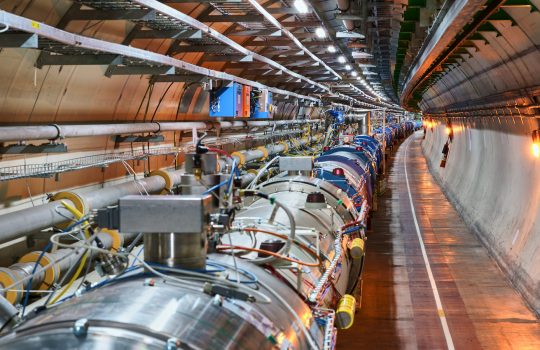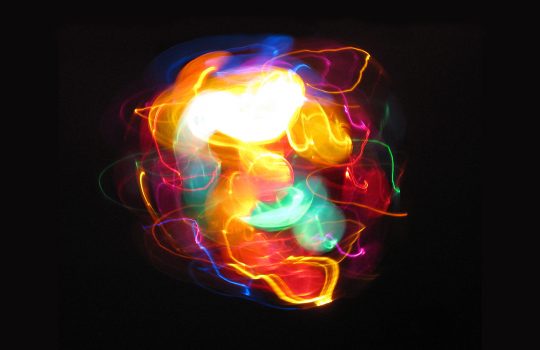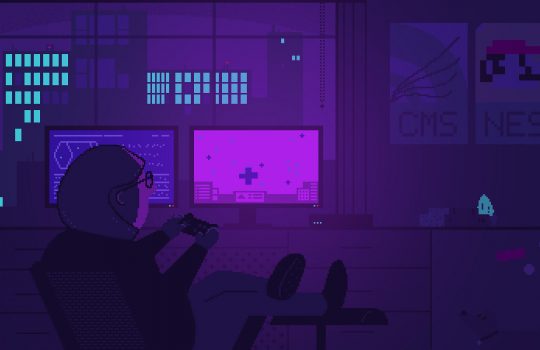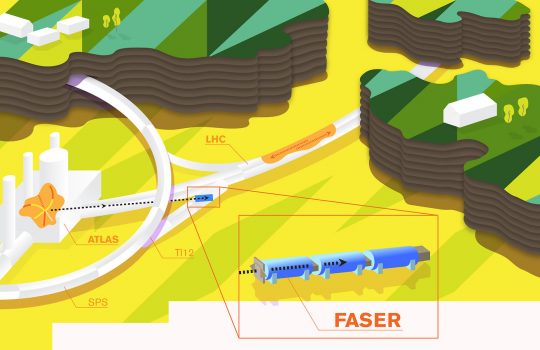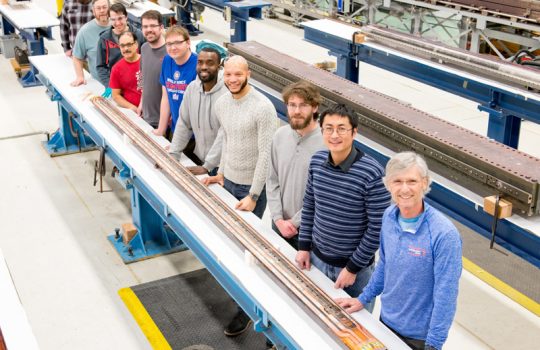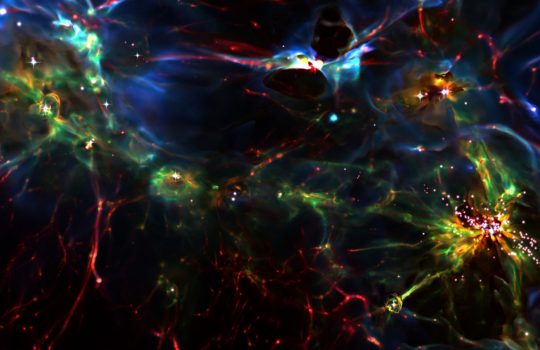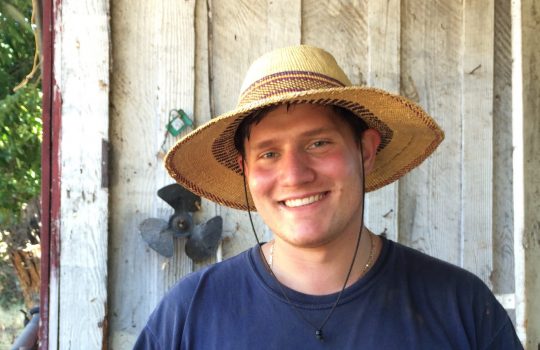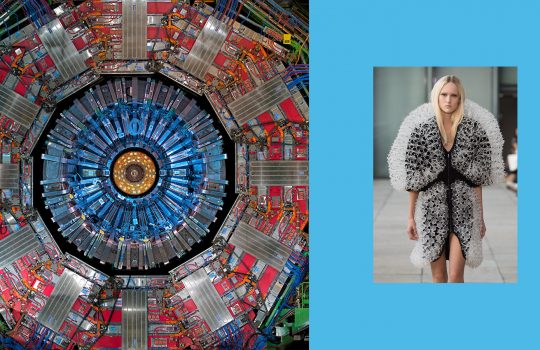Will the Higgs boson help scientists trap dark matter?
From EarthSky, May 2, 2019: University of Chicago physicists and a former Fermilab scientist have laid out an innovative method – using the Higgs boson – for stalking dark matter. He said the Higgs might actually be “a portal to the dark world.”

